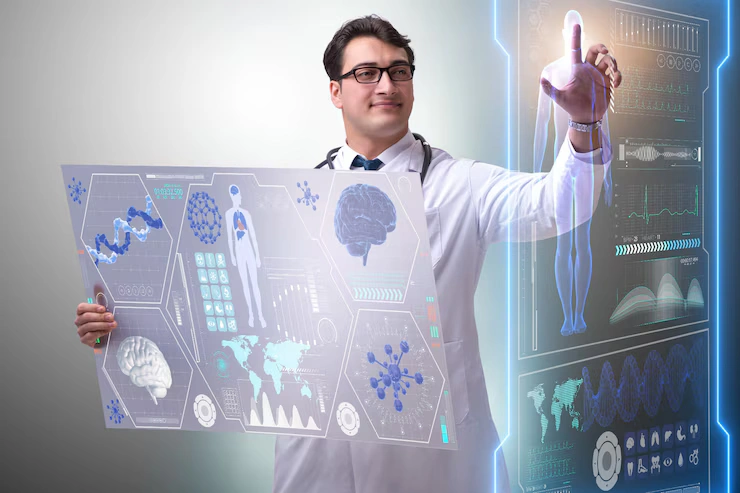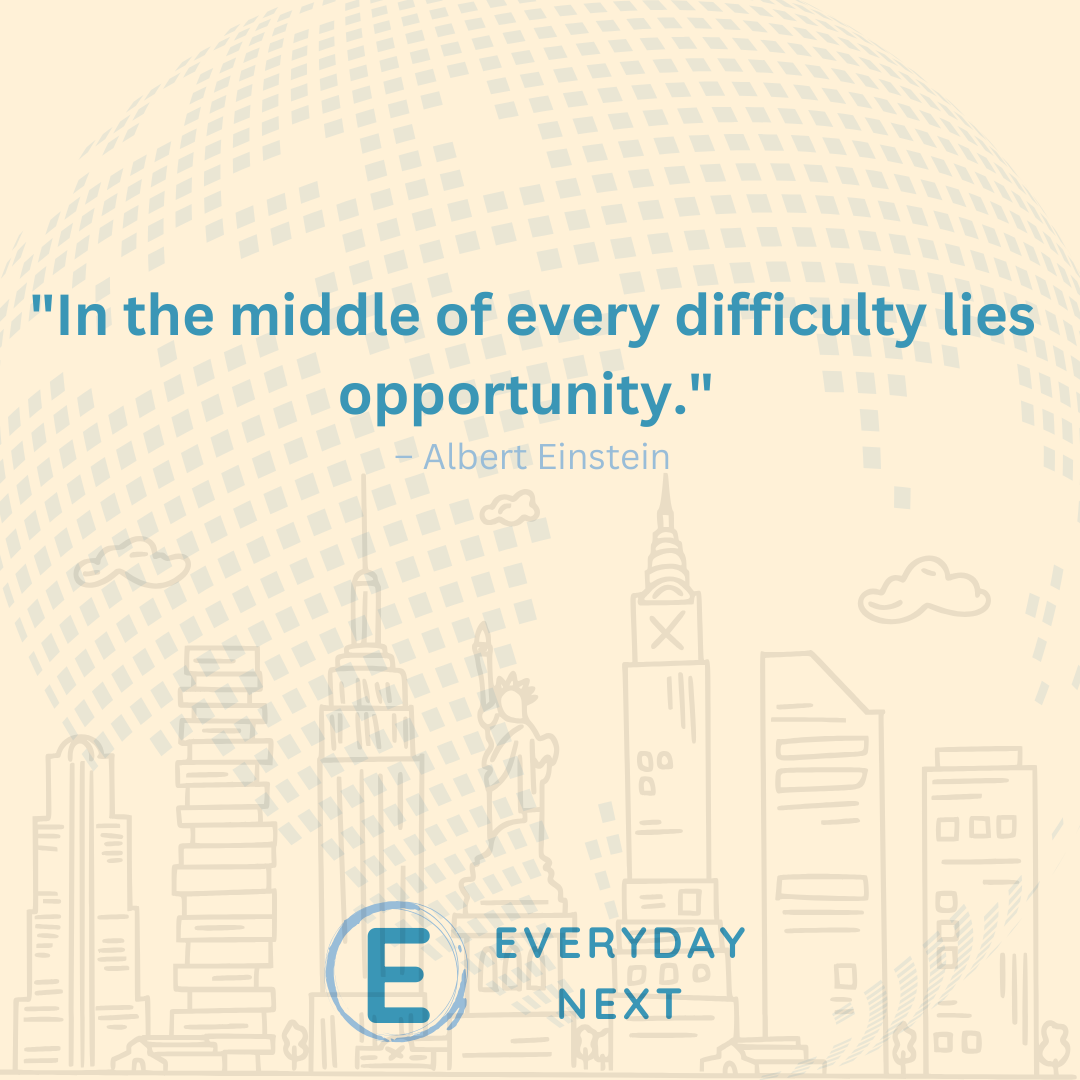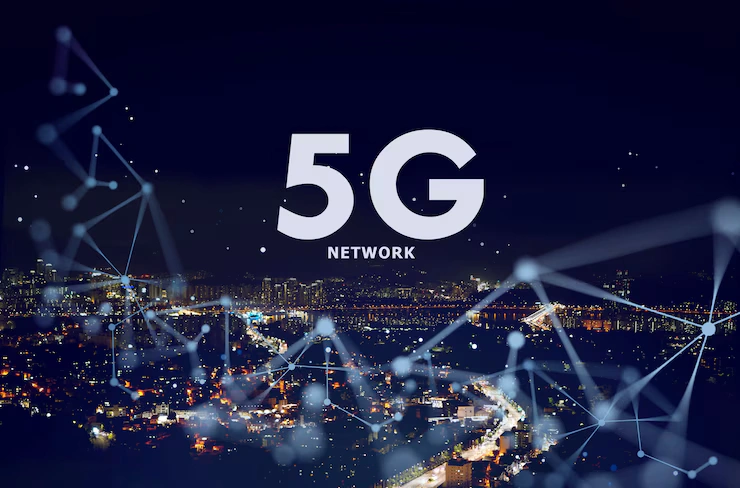
5G in 2025: High-Speed Networks and the Path to 6G
In 2025, 5G is no longer just a term you hear in tech news. It has become a real part of daily life for millions of people. But what does 5G in 2025 really mean? How is it different from the networks we had before? And what can we expect as the world moves toward 6G? In this article, we will explain all this in clear words and give examples you can relate to.
What Is 5G in 2025?
5G means the fifth generation of mobile internet technology. It is much faster and more reliable than the 4G networks many of us used before. By 2025, 5G is available in many cities and towns, making it easier for people to do things online quickly and smoothly. For example, downloading a movie or a video game that once took minutes can now happen in just a few seconds. This speed improvement comes with several key benefits. First, higher speeds let you stream videos without annoying buffering or pauses.
Second, lower delays mean video calls happen smoothly, with no lag or breaks. Third, 5G provides better connections even in crowded places like concerts or sports stadiums, where many people use their phones at the same time. Finally, it allows many more devices to connect simultaneously without slowing down the network. Thanks to these improvements, using the internet in 2025 feels much easier and faster, whether you are working, learning, or having fun.
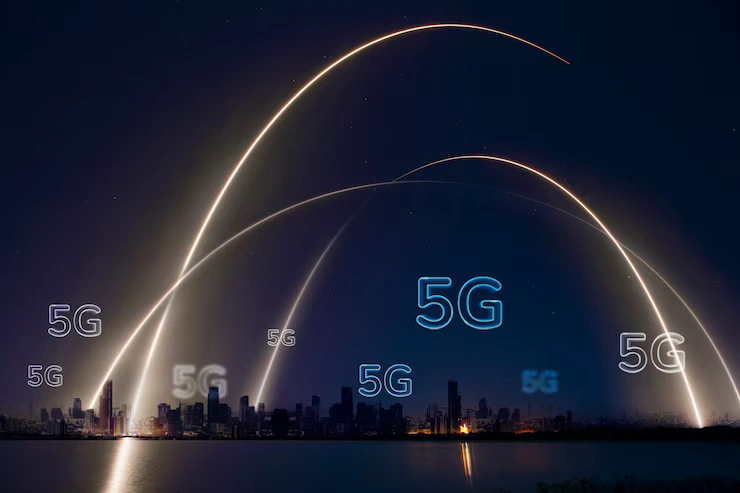
How 5G in 2025 Changes Everyday Life
5G in 2025 is not just about faster phones. It changes how we live and work in many ways. It helps doctors see patients far away using clear video calls. Schools can teach students online with fewer interruptions. Even entertainment like watching movies or playing games gets better with less delay.
Some ways 5G improves daily life are:
- Smart homes that control lights, locks, and appliances quickly.
- Self-driving cars that communicate with each other in real-time.
- Virtual reality experiences that feel real and responsive.
- Faster downloads for apps, music, and important files.
Have you tried watching a Live Concert Online? With 5G in 2025, the video is clearer and you don’t miss any part, even on the move. This shows how much 5G changes the way we enjoy things.
Real Example: 5G Speed in Action
Let’s look at a real example to understand 5G better. In 2022, grocery prices rose by more than 10% in many places. This made shopping more expensive. But with 5G in 2025, delivery services use faster networks to update prices and stocks quickly. This helps shops keep prices steady and deliver fresh products on time. Also, imagine watching a sports match live while traveling. In 2020, slow internet might cause the video to freeze or blur.
But with 5G in 2025, you can watch the game clearly without interruptions. Airports and train stations use 5G to send live updates about delays or gates to passengers, saving time and hassle. These small but real changes show how 5G improves everyday life quietly but powerfully.
Challenges Still Ahead for 5G in 2025
Despite all the good news, 5G in 2025 faces some problems. Not all places have strong 5G signals. Rural and small towns may wait longer to get this Fast Network. Also, some older phones can’t connect to 5G, so not everyone benefits yet.
Some of the challenges include:
- Limited coverage in remote or less populated areas.
- High costs for companies to build 5G towers and equipment.
- Security risks because more devices online means more chances for hackers.
- Technical problems like devices needing updates to work well with 5G.
Experts say that governments and businesses must work together to fix these issues. Without better coverage and safety, 5G cannot reach its full potential.
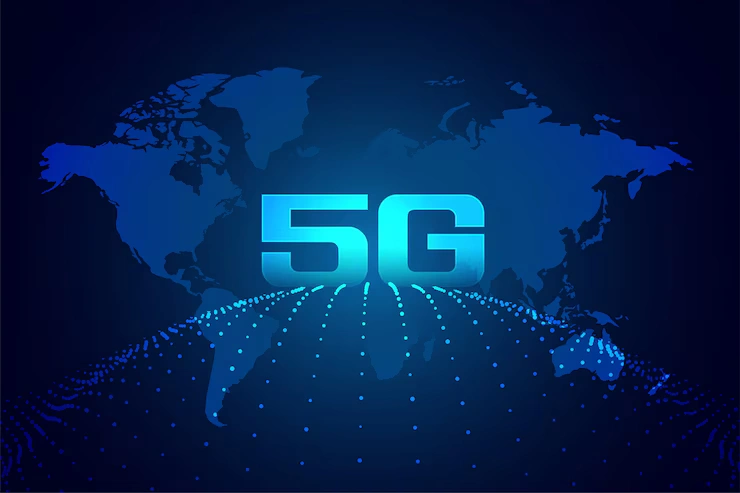
What Experts Say About 5G in 2025
Experts in technology have many views on 5G in 2025. The table below summarizes key points from different perspectives:
| Expert Name | Area of Expertise | Key Insights |
| Dr. Sarah Khan | Tech Analyst | 5G in 2025 is just the start, bringing speed and power to change cities, health, education. |
| Dr. Sarah Khan | Tech Analyst | The real revolution will come when networks build smarter systems. |
| Dr. Sarah Khan | Tech Analyst | 5G is not just about fast phones, but connecting everything around us. |
| Dr. Sarah Khan | Tech Analyst | 5G opens the door to new inventions and better lives. |
| John Patel | Network Engineer | 5G improves network reliability even in crowded places like stadiums and concerts. |
| Lisa Wong | Innovation Researcher | 5G enables new tech like smart cities, virtual reality, and autonomous vehicles to grow. |
Hearing experts like these helps us understand why 5G in 2025 matters beyond faster internet speeds. It changes how our society works and grows in many important ways.
The Road Ahead: From 5G to 6G
People already talk about the next step: 6G. While 5G in 2025 is very fast, 6G promises even greater things. It might be ten times faster and able to connect billions of devices with almost no delay. This will help new technologies like smart cities, robots, and even virtual worlds. Is 6G coming soon? Not quite yet. It will take time to develop and test. But researchers and companies are already working on it. This shows how quickly technology moves today and how 5G in 2025 is only part of a bigger story.
How to Prepare for 5G in 2025
To enjoy 5G in 2025, you should check if your phone supports it. Most new phones have 5G, but older models might not. Also, look at your mobile provider’s map to see if 5G is available where you live or work. Businesses and schools should think about how 5G can help them. For example, shops can use 5G to speed up checkout lines. Schools might offer better online lessons Using Virtual Reality, which needs fast internet.
Getting ready for 5G means:
- Upgrading devices that support 5G.
- Understanding new services and apps that use fast networks.
- Following news about where 5G is growing.
By preparing, you can use 5G in 2025 to its fullest.
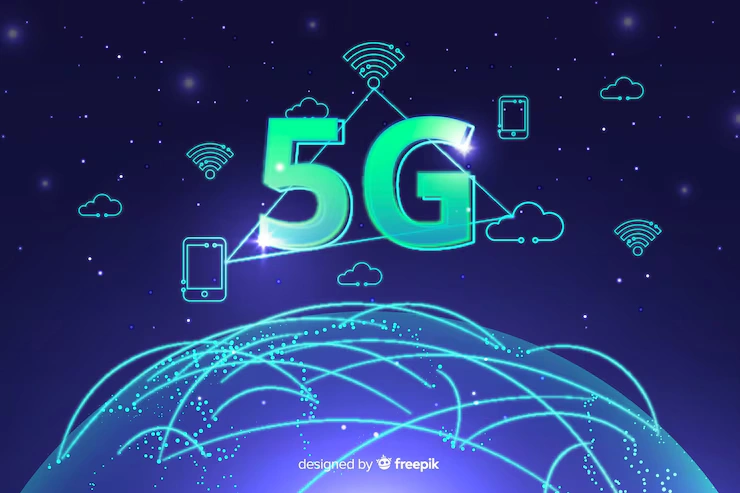
What 5G Means for Investments and Savings
5G in 2025 is also important for money and business. Many companies invest in building 5G networks and creating new products. This helps create jobs and grow the economy. If you want to invest, learning about 5G trends can help make better choices. But remember, technology can be risky. New ideas take time to become popular. Markets can go up and down. So, watching carefully before putting money into 5G-related businesses is wise.
Final Thoughts on 5G in 2025
5G in 2025 is more than just fast internet on your phone. It changes how we live, work, and play every day. From healthcare to smart homes, it makes many things better and faster. But it still has challenges to solve, like reaching all places and keeping networks safe. The next step, 6G, will continue this journey with even more speed and power. For now, enjoy the benefits of 5G in 2025 and get ready for what comes next. Stay curious and stay connected!
FAQs About 5G in 2025
1. What is 5G in 2025?
5G in 2025 is the latest mobile internet technology that offers much faster speeds and better connections than before.
2. How fast is 5G in 2025?
5G can be up to 100 times faster than 4G, letting you download large files in seconds and stream videos smoothly.
3. Where can I use 5G in 2025?
5G is available in many cities and towns worldwide, especially in busy areas like shopping centers and sports stadiums.
4. Will 5G affect my current phone?
You need a 5G-capable phone to use 5G. Older phones work on 4G or slower networks.
5. What comes after 5G?
After 5G, experts are working on 6G, which will offer even faster speeds and smarter connections in the future.


